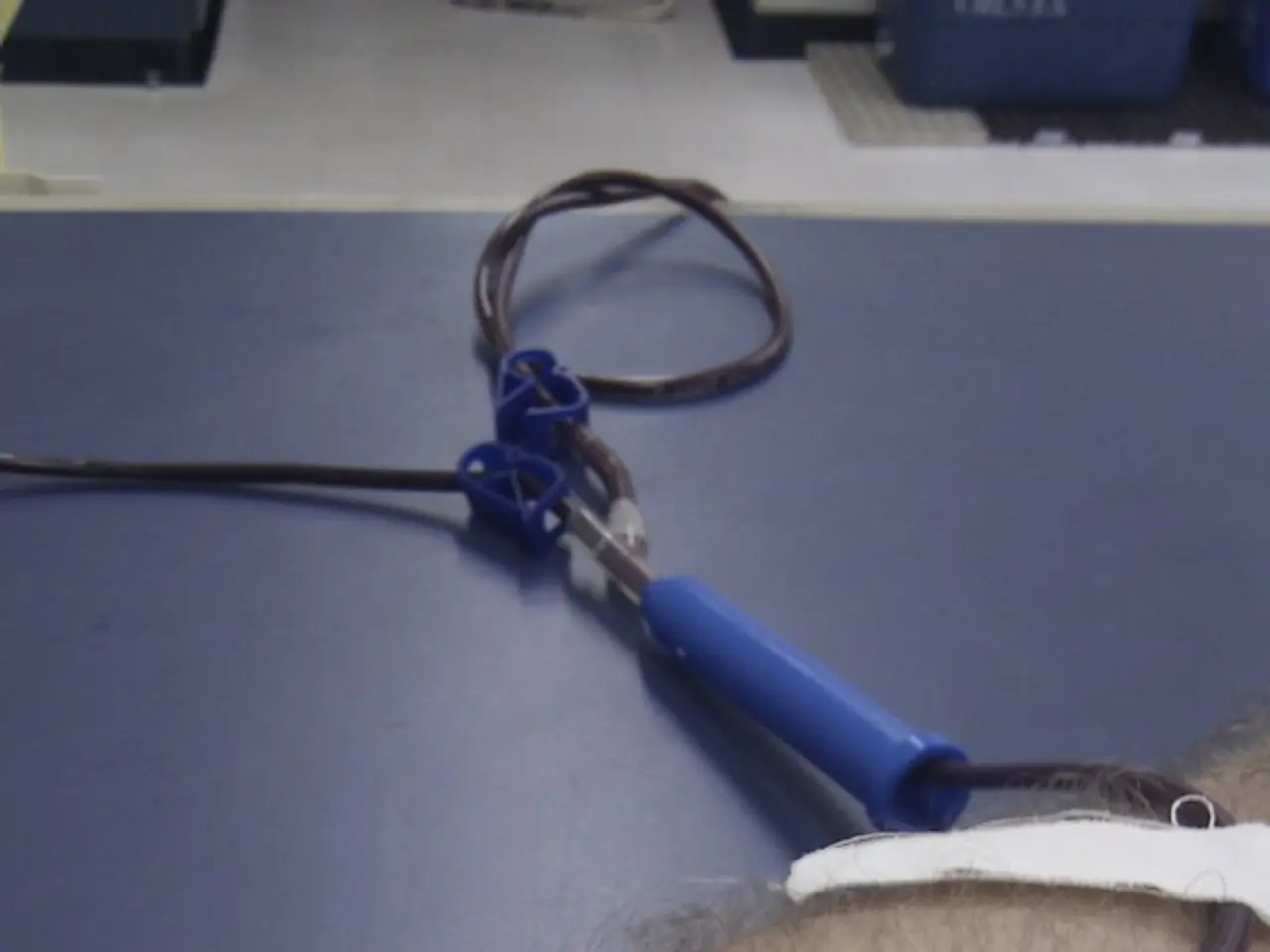Preoperative Preparation, Post-Surgery Expectations, and Additional Details for Kidney Transplant Procedures
In the realm of organ transplantation, kidney transplants offer a lifeline for individuals suffering from kidney failure. This procedure is open to individuals of all ages, from children to older adults, provided they are healthy enough to undergo surgery.
The average survival times for kidney transplants vary depending on the source of the donor organ. The survival time for a kidney transplant from a living donor typically ranges between 15-20 years, while a kidney transplant from a deceased donor averages 10-15 years. The 2020 Annual Data Report indicates that outcomes from both types of transplants are improving, with excellent outcomes from living donor transplants.
When it comes to receiving a kidney transplant, the waiting list is a crucial factor. A person's position on the list is primarily determined by medical criteria such as blood group compatibility, urgency of need, and the match quality between donor and recipient. Other factors include age, overall health, and compatibility tests. Some transplant systems use complex algorithms to prioritise patients based on these factors.
Blood type compatibility is essential for ensuring compatibility between donor and recipient. Patients with more severe or urgent conditions may be prioritised higher. Other medical factors, such as weight, physical fitness, underlying conditions, and test results, also influence eligibility and priority.
Geographic location, or the region/center listed, and age and suitability for transplant types (living vs deceased donor) are additional factors that can affect a person's position on the waiting list. In the U.S., the allocation of kidneys also considers local and regional factors because kidneys are often distributed regionally within a national framework.
Once on the waiting list, people may need to follow certain dietary guidelines to support their heart health and maintain a low-fat, low-salt diet. They should also drink plenty of fluids. Some foods and medications should be avoided due to interactions with antirejection medications, such as grapefruit, St John's wort, erythromycin, antiseizure medications, blood pressure medications like cardizem, verpamil, and diltiazem, and anti-tuberculosis medications.
Recovering from surgery may require adherence to certain exercise guidelines to avoid any activity or position that puts pressure on the new kidney. People may experience side effects such as an upset stomach from antirejection medications.
Health insurance, such as Medicare, can cover the transplant, care after the procedure, surgery, and care of a living donor. If a person does not have health insurance, they may be able to receive financial help. In some cases, drug companies may provide discounts to people who are unable to afford prescription costs.
The 2022 national survival rates for kidney transplants include a 94.72% 1-year recipient survival rate and a 92.48% 1-year graft survival rate for kidney transplants from deceased donors. It is possible to have multiple kidney transplants during a lifetime. However, after a certain period, people may need a new transplant or dialysis.
If a person experiences any symptoms of infection, such as a fever above 100oF (37°C), a burning sensation when urinating, a cough or cold that does not resolve, or drainage from the surgical scar, they should contact a doctor immediately.
In conclusion, kidney transplants offer a valuable solution for individuals suffering from kidney failure. With proper care, diet, and adherence to medical guidelines, recipients can enjoy improved quality of life and extended lifespans.
- People seeking kidney transplants must be healthy enough to undergo surgery, with the average survival times varying based on the donor source.
- The waiting list is crucial for kidney transplant recipients, with positioning determined by factors like blood group compatibility, urgency of need, and donor-recipient match quality.
- Geographic location, age suitability, and transplant type can also affect one's position on the waiting list, with kidney allocation considering local and regional factors.
- Dietary guidelines may be necessary for those on the waiting list, focusing on heart health and low-fat, low-salt diets, while avoiding certain foods and medications due to antirejection interactions.
- Recovering from surgery and maintaining a new kidney may require exercise guidelines and managing side effects such as antirejection medication-induced stomach upset.
- Health insurance like Medicare can cover hospital stays, surgery, medications, and living donor care, with financial aid available for uninsured individuals.
- Advancements in science and medical treatments have led to improved kidney transplant outcomes, as shown by the 2022 national survival rates: 94.72% 1-year recipient survival and 92.48% 1-year graft survival for deceased donors.
- Some individuals may need multiple kidney transplants during their lifetime, or may require dialysis after a certain period.
- It's essential for recipients to report any symptoms of infection, such as fever, burning sensation when urinating, or drainage from the surgical scar, to ensure prompt medical attention.




